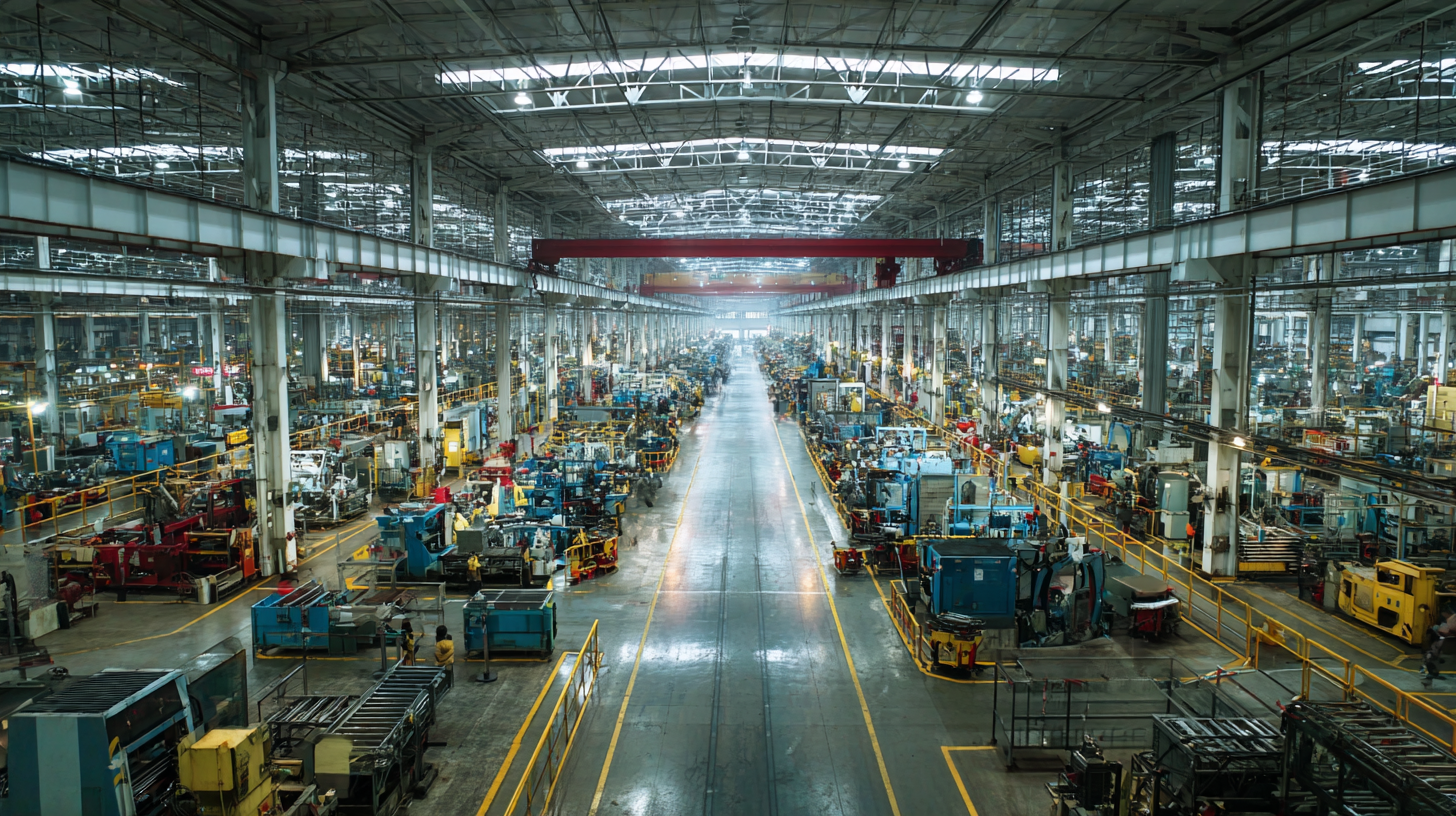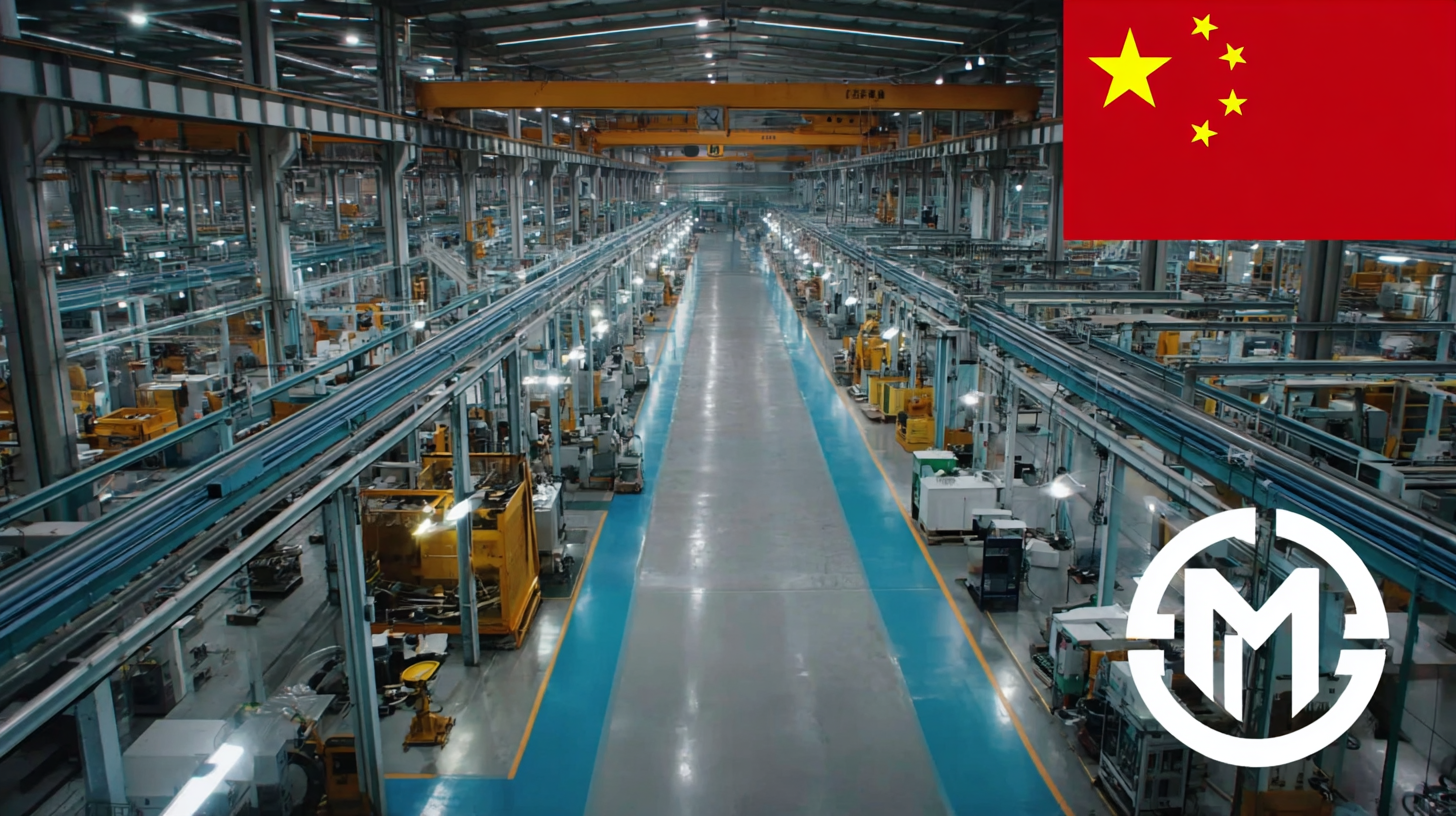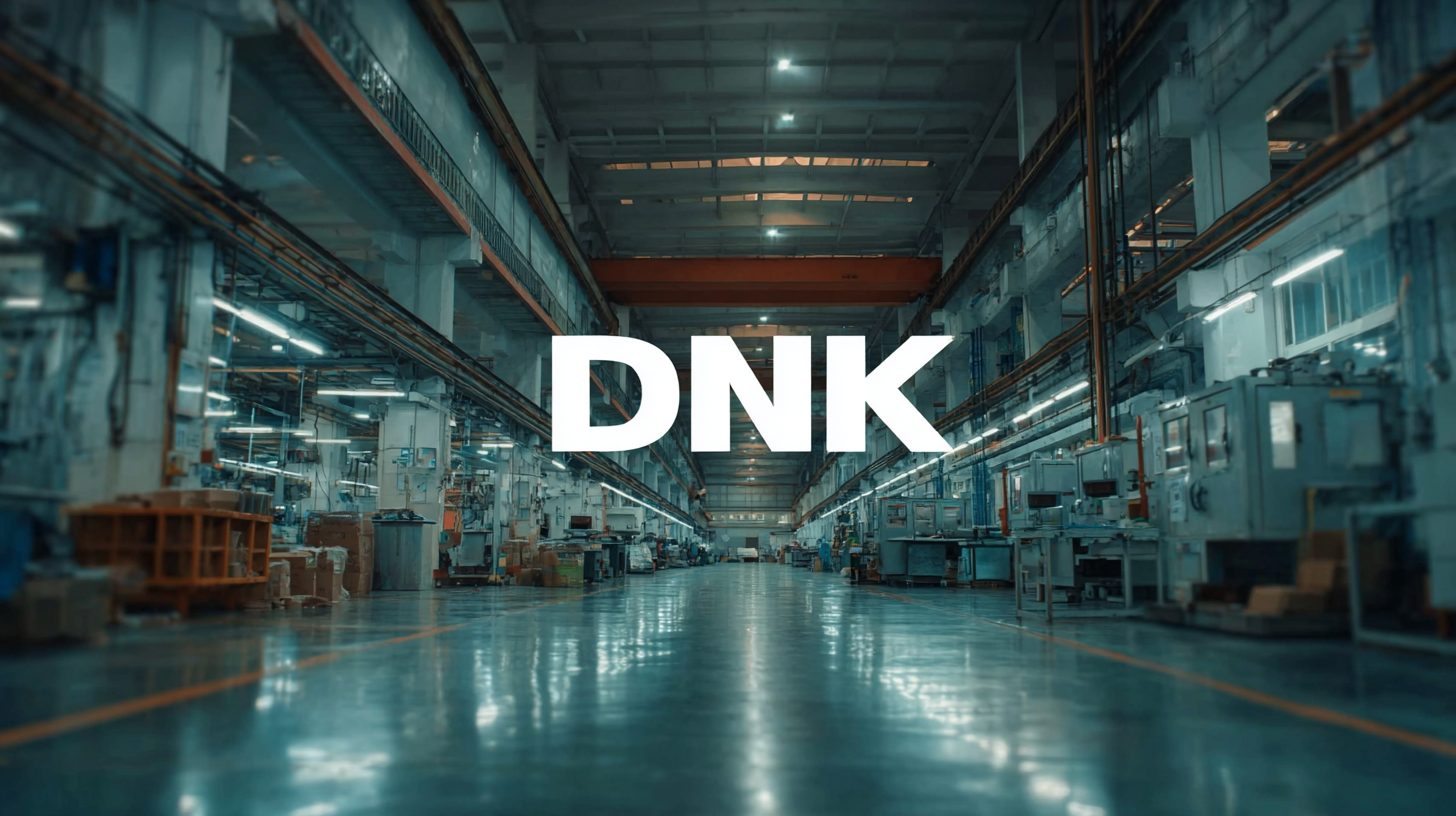- English
- русский
- العربية
- tiếng Việt
- Türkçe
- Deutsch
- 日本語
- 한국어
- ภาษาไทย
- Indonesia
- שפה עברית
- Português
- Español
- Français
- Italiano
- Nederlands
- Polski
- Svenska
- magyar
- Malay
- বাংলা ভাষার
- Dansk
- Suomi
- हिन्दी
- Pilipino
- Gaeilge
- تمل
- český
- ελληνικά
- український
- Javanese
- فارسی
- தமிழ்
- తెలుగు
- नेपाली
- Burmese
- български
- ລາວ
- Latine
- Қазақша
- Euskal
- Azərbaycan
- Slovenský jazyk
- Македонски
- Lietuvos
- Eesti Keel
- Română
- Slovenski
- मराठी
- Srpski језик

Discover the Finest Manufacturing Excellence from China for Global Buyers
In the dynamic landscape of global trade, Chinese manufacturers have emerged as pivotal players in meeting the diverse needs of international buyers. According to a recent report by the World Trade Organization, China accounted for over 28% of global merchandise exports in 2021, positioning itself at the forefront of manufacturing excellence. This remarkable achievement is driven by a combination of advanced technology, economies of scale, and a skilled workforce, enabling manufacturers to deliver high-quality products across various sectors. As global demand continues to rise, understanding the unique capabilities of top-tier Chinese manufacturers is essential for buyers seeking reliability and innovation in their supply chains.

In this blog, we will explore the finest manufacturing excellence from China, highlighting the factories that are setting benchmarks in quality and efficiency, and how they can cater to the needs of global buyers.
Exploring China's Diverse Manufacturing Alternatives for Global Buyers
China has long been recognized as a global manufacturing powerhouse, offering a diverse array of products that cater to various industries. From electronics and textiles to machinery and toys, Chinese manufacturers provide flexibility and scalability that many international buyers seek. As global markets continue to evolve, sourcing from China opens up unparalleled opportunities for businesses looking to enhance their product offerings and operational efficiency.
When exploring manufacturing options in China, it's crucial to understand the nuances of the local market. One tip for global buyers is to thoroughly research potential suppliers, paying close attention to their reputation, certifications, and production capabilities. Engaging with trade shows and industry expos can also provide firsthand insights into the latest innovations and trends while allowing for direct communication with manufacturers.
Additionally, consider leveraging local agents or consultants who are familiar with the Chinese manufacturing landscape. This approach can help navigate cultural differences and streamline negotiations, ensuring that you find the best fit for your needs. Prioritizing clear communication and establishing strong relationships with your manufacturing partners can lead to more successful collaborations and successful outcomes.

Key Industries Driving China's Manufacturing Excellence in Global Markets
China’s manufacturing landscape is a powerhouse of innovation and quality, with several key industries standing out in the global marketplace. The electronics sector, particularly, has made a significant impact, providing everything from consumer gadgets to advanced computing solutions. Companies like Huawei and Xiaomi exemplify how Chinese manufacturers are not only competing but often leading in technological advancements and production efficiency, making high-quality products accessible to a wider audience.
Another vital industry contributing to China’s manufacturing excellence is the automotive sector. With electric vehicles gaining traction, Chinese brands such as BYD and NIO are at the forefront of this transition, producing cutting-edge vehicles that cater to global demands. Their commitment to sustainable manufacturing practices and state-of-the-art technology not only enhances their competitive edge but also positions China as a leader in the future of global automotive production. As these industries continue to evolve, they represent the dynamic nature of China's manufacturing capabilities, attracting global buyers seeking reliability and innovation.
Understanding Quality Standards: Meeting Global Buyer Expectations in China
In today's rapidly evolving global market, ensuring quality standards is essential for buyers sourcing products from China. As manufacturers strive to meet international expectations, understanding these quality benchmarks can make all the difference in fostering successful business relationships. Buyers must familiarize themselves with specific industry standards and certifications that are often required, facilitating a smoother purchasing process and mitigating potential risks associated with subpar products.
Moreover, platforms like 1688.com have emerged as vital resources for businesses seeking reliable partners in China. By offering a wide range of options and an extensive network of suppliers, these platforms enable buyers to scrutinize quality offerings effectively. Additionally, the commitment of Chinese manufacturers to innovation and adherence to global quality standards is stronger than ever, positioning them as competitive players in the international arena. By leveraging these insights, global buyers can confidently navigate the complexities of sourcing while ensuring they receive the highest quality products tailored to their specific needs.
Cost-effectiveness and Innovation: China's Competitive Edge in Manufacturing
China has long been recognized as a global manufacturing powerhouse, thanks to its unmatched cost-effectiveness and innovative practices. According to a report by the McKinsey Global Institute, China's manufacturing sector will continue to dominate in areas such as electronics and textiles, providing a significant competitive edge with labor costs that remain 30% lower compared to developed countries. This affordability, coupled with rapid technological advancements, positions Chinese manufacturers as attractive partners for global buyers seeking high-quality products without the sky-high price tags.

When considering partnerships with Chinese manufacturers, global buyers should keep a few tips in mind. First, conduct thorough research on potential suppliers by using platforms like Alibaba and industry trade shows to gather insights on their capabilities and reputation. Secondly, consider the advantages of local sourcing; businesses that engage local manufacturers can benefit from shorter lead times and improved communication. Lastly, leverage innovation by exploring manufacturers that invest in automation and smart technologies, ensuring that your products are not only cost-effective but also at the forefront of market trends.
With China's commitment to maintaining a competitive edge through innovation and efficiency, buyers can tap into this lucrative market by staying informed and strategically selecting their manufacturing partners.
Evaluating Supply Chain Resilience: Lessons from China's Manufacturing Success
The recent advancements in China's manufacturing sector highlight the resilience of its supply chain amidst global disruptions. The second China International Supply Chain Expo showcased how "Lighthouse" network members are setting benchmarks for advanced manufacturing practices. As the world grapples with the impacts of previous crises, China's ability to innovate and adapt offers valuable insights into achieving supply chain robustness.
Tips for enhancing supply chain resilience include fostering strong relationships with local suppliers and embracing digital technologies that bolster transparency. By diversifying sourcing strategies and integrating advanced manufacturing techniques, businesses can mitigate risks associated with overreliance on a single region.
Moreover, evaluating the benefits of collaboration within international networks can improve agility in supply chains. The lessons learned from China's journey not only demonstrate the potential for operational excellence but also emphasize the importance of a proactive approach in navigating future challenges in the global market.
Discover the Finest Manufacturing Excellence from China for Global Buyers - Evaluating Supply Chain Resilience: Lessons from China's Manufacturing Success
| Dimension | Description | Performance Indicator | Evaluation Score |
|---|---|---|---|
| Manufacturing Efficiency | Measured by production speed and output quality. | Output per hour | 85% |
| Supply Chain Flexibility | Ability to adapt to market changes and disruptions. | Lead time variability | 90% |
| Quality Control | Assessment of defect rates and compliance with standards. | Defect percentage | 2% |
| Cost Efficiency | Ratio of costs to output value in manufacturing. | Cost per unit | 75% |
| Technology Adoption | Integration of advanced technologies in manufacturing processes. | Automation level | 95% |
